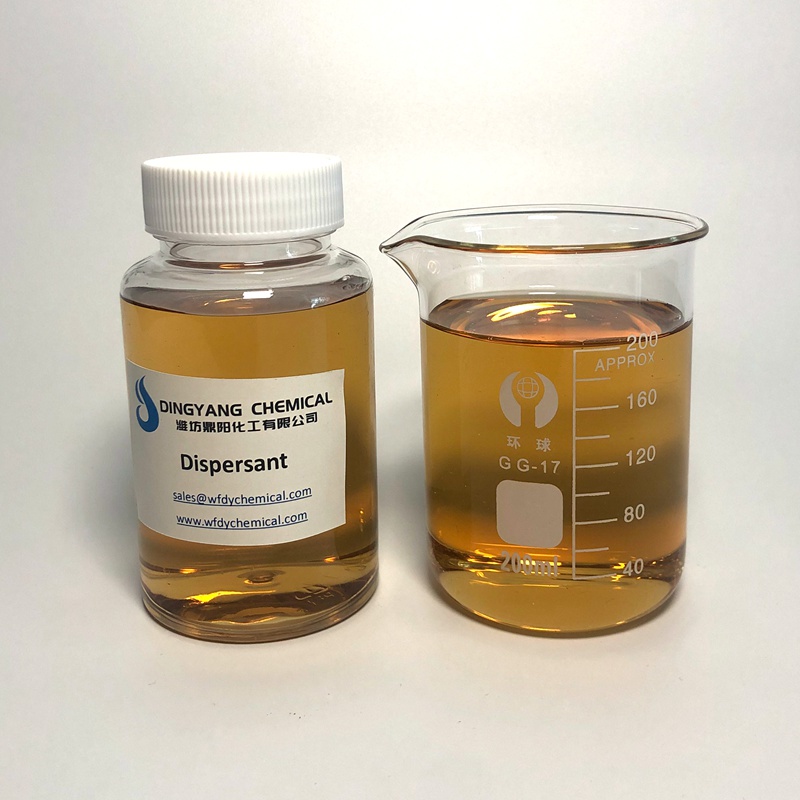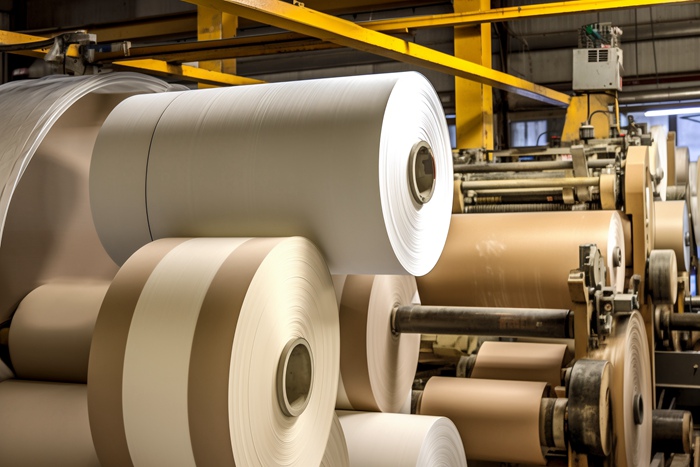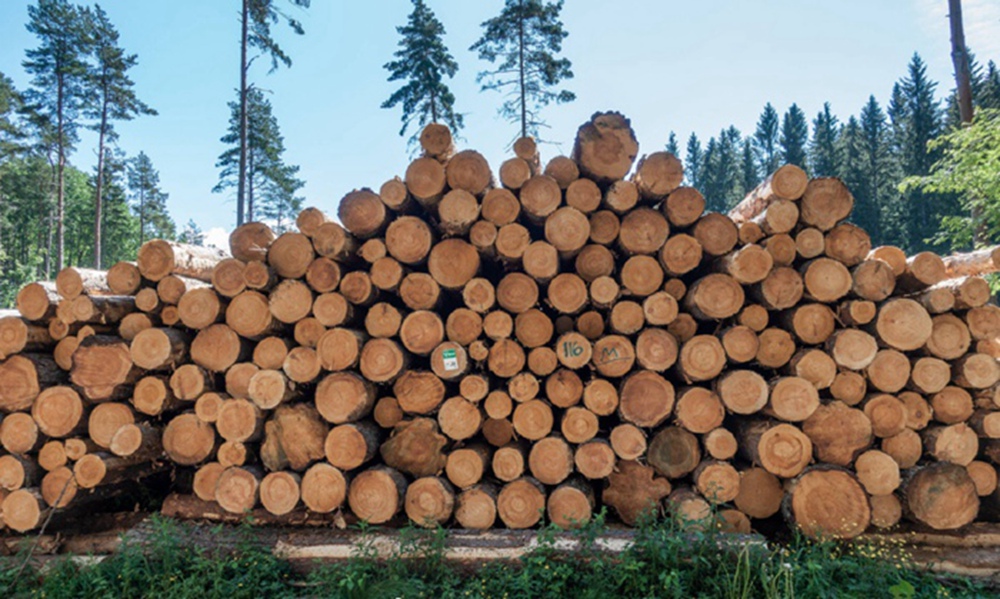Main components of paper dispersants
Paper dispersants refer to chemicals that can disperse cellulose fibers in water during the papermaking process and prevent the fibers from aggregating again. It plays a very important role in the papermaking industry, not only improving the quality of paper, but also improving production efficiency. The following will introduce paper dispersants and their functions from the perspective of ingredients.
1. Cationic dispersants
Cationic dispersants are an important type of paper dispersant. They are usually polymer compounds with positive charges. Cationic dispersants can electrostatically attract the negatively charged parts of the cellulose fiber surface, thereby dispersing the cellulose fibers in water. In addition, cationic dispersants can also form a protective film on the surface of cellulose fibers to prevent the cellulose fibers from aggregating again.
2. Anionic dispersants
Anionic dispersants are another common type of paper dispersant component. In contrast to cationic dispersants, anionic dispersants carry a negative charge. They can electrostatically attract the positively charged parts of the cellulose fiber surface to disperse the cellulose fibers in water. At the same time, anionic dispersants can also form an electrostatic barrier with the surface of cellulose fibers to hinder the reaggregation of cellulose fibers.
3. Nonionic dispersants
Nonionic dispersants are a class of uncharged compounds in the composition. They mainly achieve the dispersion of cellulose fibers by changing the surface properties of water. Nonionic dispersants can reduce the surface tension of water, making cellulose fibers easier to disperse in water. In addition, nonionic dispersants can also physically adsorb with the surface of cellulose fibers to increase the stability of cellulose fibers.
4. Colloidal dispersants
Colloidal dispersants are a class of dispersant components with colloidal properties. They can form colloidal solutions to evenly disperse cellulose fibers in water. Colloidal dispersants have a good dispersion effect, which can make cellulose fibers more evenly dispersed and improve the quality of paper.
5. Surfactants
Surfactants are a class of compounds that can reduce the surface tension of liquids. In the papermaking process, surfactants can change the surface properties of water, making cellulose fibers easier to disperse in water. In addition, surfactants can also physically adsorb with the surface of cellulose fibers to increase the dispersion stability of cellulose fibers.
6. Other auxiliary components
In addition to the above main components, papermaking dispersants may also contain some auxiliary components, such as buffers, acid-base regulators, etc. These auxiliary ingredients can adjust the pH value of water, making cellulose fibers easier to disperse. At the same time, they can also provide suitable environmental conditions to promote the dispersion effect of cellulose fibers.
Papermaking dispersant is a chemical substance that can disperse cellulose fibers in water. Its main components include cationic dispersants, anionic dispersants, nonionic dispersants, colloidal dispersants and surfactants. These ingredients can change the surface properties of water, making cellulose fibers easier to disperse and preventing cellulose fibers from re-aggregating. By using appropriate dispersants, the efficiency of the papermaking process can be improved and the quality of paper can be improved.



